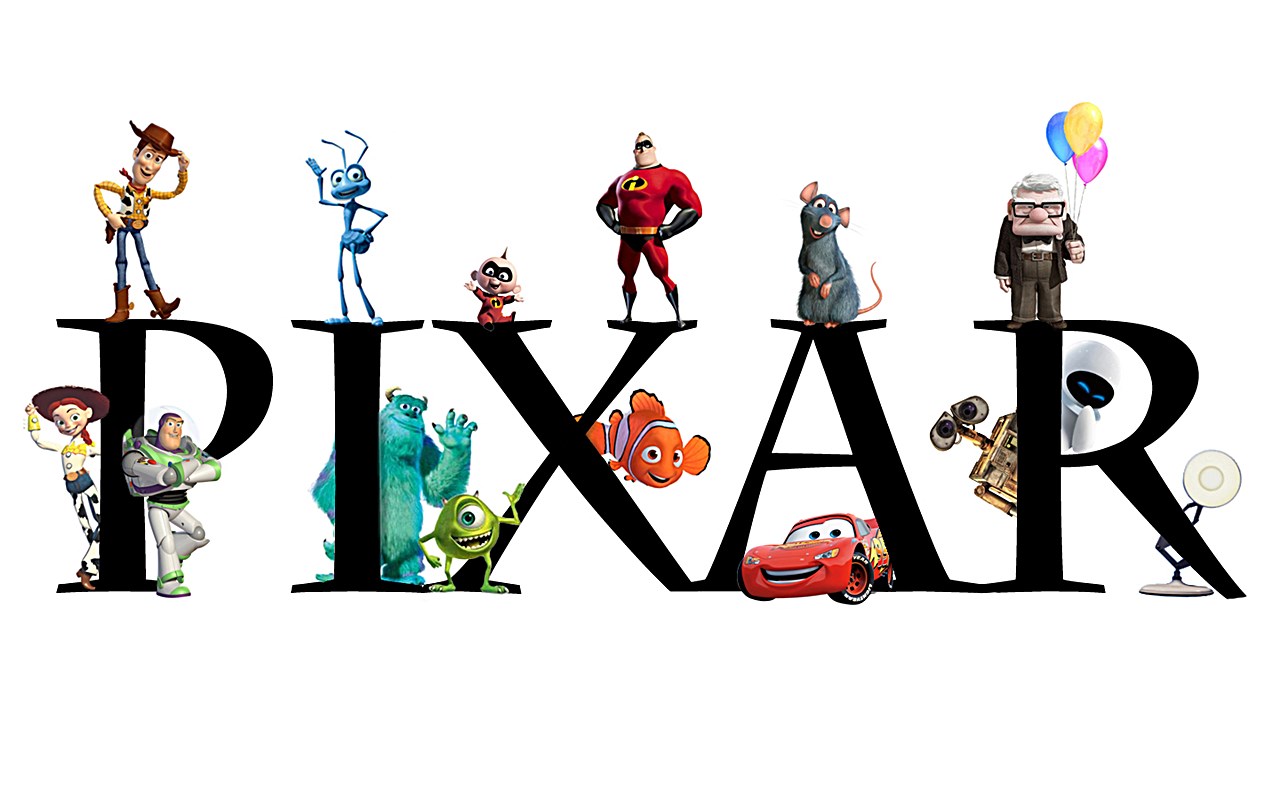픽사에 대해 알아보던 중 픽사의 스토리 아티스트였던 에마 코츠(Emma Coats)가 밝히는 스토리텔링 법칙 22를 간략히 공유해 봅니다.
픽사의 스토리 아티스트였던 에마 코츠(Emma Coats)는 그녀의 트위터에서 22 #storybasics을 이야기했는데 이는 픽사의 이야기 규칙 22로 알려지겐 됩니다. 그러나 그녀는 이는 자신이 픽사에 재직하는 동안 개인적으로 작성한 것으로 픽사의 공식 규칙은 아니라고 밝히고 있습니다.
22 #storybasics I’ve picked up in my time at Pixar
I tweeted these forever ago, but the internet just noticed and I figure I should probably at least put them on my blog. I’m glad people are finding them useful.
Here they are, a mix of things learned from directors & coworkers at Pixar, listening to writers & directors talk about their craft, and via trial and error in the making of my own films.


Table of contents
목차 보이기
#1 : You admire a character for trying more than for their successes. 캐릭터의 성공보다는 많은 노력을 하는 부분을 중요시해라.
#2: You gotta keep in mind what’s interesting to you as an audience, not what’s fun to do as a writer. They can be v. different. 작가로서 자신이 즐기는 것이 아니라 관객들이 재미있어하는 것을 써라. 이것은 아주 다를 수 있다.
#3: Trying for theme is important, but you won’t see what the story is actually about til you’re at the end of it. Now rewrite. 테마를 갖는 것은 아주 중요하다. 그러나 스토리를 끝까지 다 쓰기 전까지는, 작가 자신조차도 알 수 없다. 지금 다시 써라.
#4: Once upon a time there was . Every day, . One day . Because of that, . Because of that, . Until finally . 옛날 옛적에(소개), 매일(일상의 반복), 어느 날(사건의 시작), 때문에(사건에 의한 사건), 결국(결말)
#5: Simplify. Focus. Combine characters. Hop over detours. You’ll feel like you’re losing valuable stuff but it sets you free. 스토리를 단순화 시켜라. 초점을 맞춰라. 캐릭터를 결합시켜라. 우회로를 뛰어넘어라. 가치있는 것들을 잃은 기분이겠지만 그것이 널 자유롭게 할 것이다.
#6: What is your character good at, comfortable with? Throw the polar opposite at them. Challenge them. How do they deal? 캐릭터가 잘 하는 것과 마음에 들어하는 것은 무엇인가? 그들을 반대편으로 던져버리고 도전시켜라. 그들은 어떻게 대처할 것인가?
#7: Come up with your ending before you figure out your middle. Seriously. Endings are hard, get yours working up front. 스토리가 중간에 도달하기 전에 엔딩을 결정하라. 진심으로 엔딩은 어렵다. 그러니 미리 생각해 두어라.
#8: Finish your story, let go even if it’s not perfect. In an ideal world you have both, but move on. Do better next time. 스토리의 끝을 맺어라. 완벽하지 않더라도 나아가라. 계속 움직여라. 다음에는 더 좋은 스토리를 써라.
#9: When you’re stuck, make a list of what WOULDN’T happen next. Lots of times the material to get you unstuck will show up. 스토리가 막힐 때, 다음에는 발생하지 않을 일의 목록을 만들어라. 그 중에서 많은 것들이 스토리를 풀어나갈 수 있게 해줄 것이다.
#10: Pull apart the stories you like. What you like in them is a part of you; you’ve got to recognize it before you can use it. 좋아하는 스토리를 분리시켜라. 그것을 사용하기 전에 분간해야 한다.
#12: Discount the 1st thing that comes to mind. And the 2nd, 3rd, 4th, 5th – get the obvious out of the way. Surprise yourself. 머릿속에 떠오르는 가장 첫번째 아이디어는 무시해라. 두번째, 세번째, 네번째, 다섯번째도… 확실한 것을 얻어라. 자기 자신을 놀라게 하라.
#13: Give your characters opinions. Passive/malleable might seem likable to you as you write, but it’s poison to the audience. 캐릭터에게 의견을 주어라. 작가로서는 소극적이고 온순한 캐릭터가 마음에 들지 몰라도, 관객들에게는 독이 된다.
#14: Why must you tell THIS story? What’s the belief burning within you that your story feeds off of? That’s the heart of it. 왜 이 스토리를 꼭 전해야 하는가? 당신의 신념은 무엇인가? 스토리의 중심이다.
#15: If you were your character, in this situation, how would you feel? Honesty lends credibility to unbelievable situations. 내가 캐릭터라면 이런 상황에 어떤 느낌을 받을까? 정직함은 믿을 수 없는 상황에 신뢰성을 준다.
#16: What are the stakes? Give us reason to root for the character. What happens if they don’t succeed? Stack the odds against. 관객들에게 캐릭터의 근원에 대한 이유를 알려주어라. 그들이 성공하지 못하면 무슨 일이 일어나는가? 세부설정을 쌓아라.
#17: No work is ever wasted. If it’s not working, let go and move on – it’ll come back around to be useful later. 어떤 일이든 헛된 것은 없다. 그것이 잘 안 되더라도 계속 나아가라. 나중에 유용하게 돌아올 것이다.
#18: You have to know yourself: the difference between doing your best & fussing. Story is testing, not refining. 당신은 자기 자신을 알아야 한다. 스토리는 시험하는 것이다. 다듬는 것이 아니다.
#19: Coincidences to get characters into trouble are great; coincidences to get them out of it are cheating. 우연히 캐릭터가 트러블을 갖는 것은 좋은 것이다. 우연히 캐릭터가 트러블 밖으로 빠져나오는 것은 사기다.
#20: Exercise: take the building blocks of a movie you dislike. How d’you rearrange them into what you DO like? 연습해라. 자신이 싫어하는 영화들을 보고, 그것을 어떻게 재조정할 것인가?
#21: You gotta identify with your situation/characters, can’t just write ‘cool’. What would make YOU act that way? 작가 자신과 상황/캐릭터를 동일시하지 마라. 스토리를 잘 쓸수 없다.
#22: What’s the essence of your story? Most economical telling of it? If you know that, you can build out from there. 스토리의 본질은 무엇인가? 간단하게 요약하면 무슨 내용인가? 거기서부터 작성을 시작하라.


